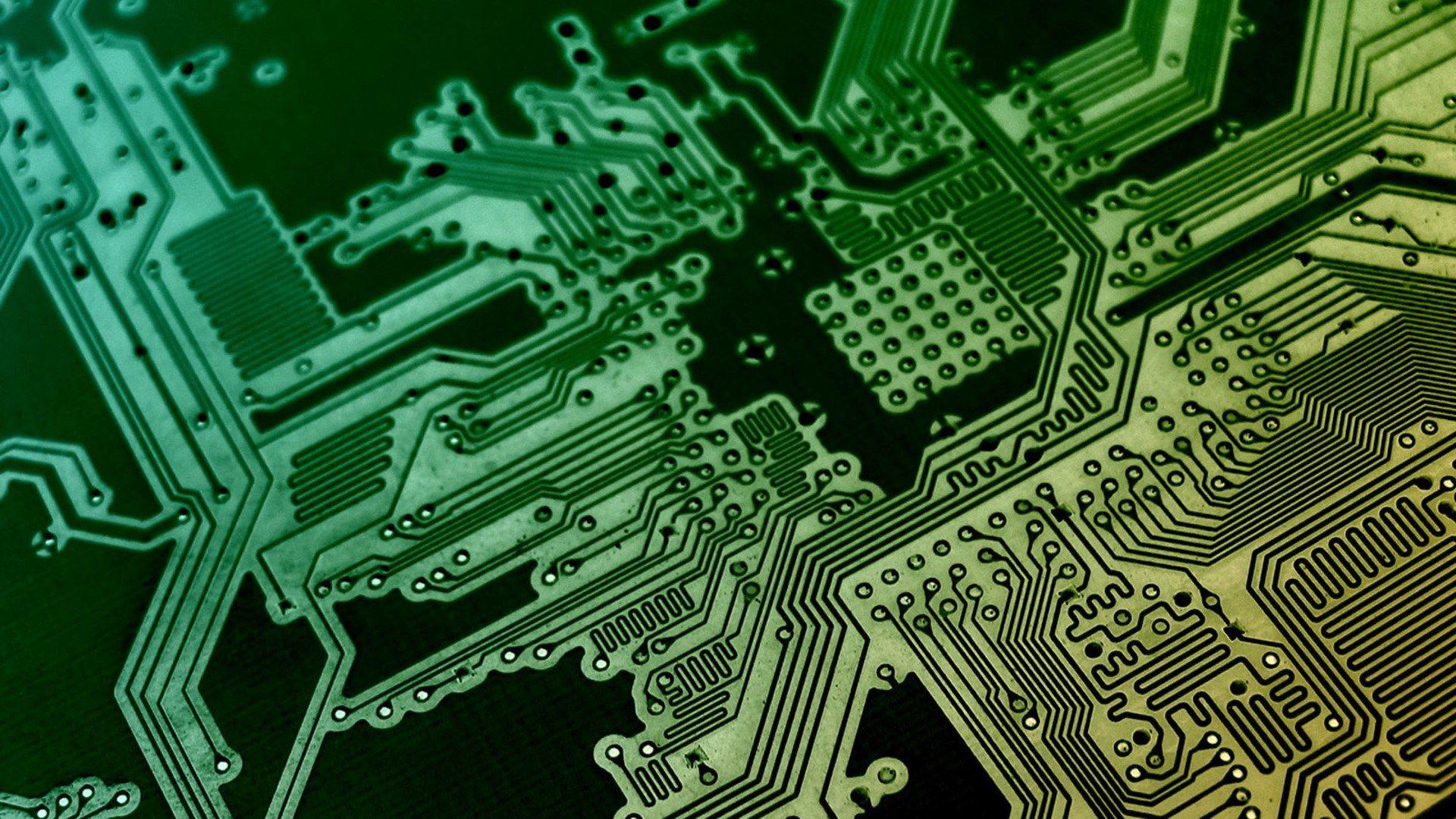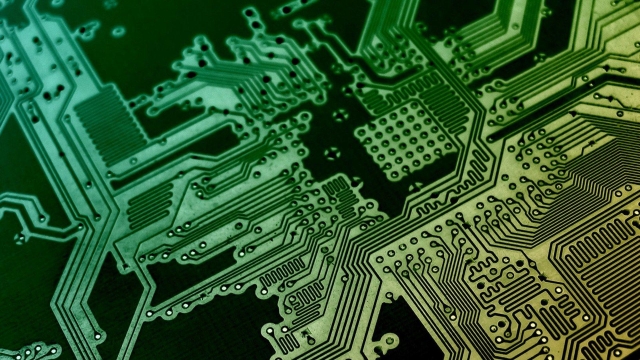
In today’s rapidly advancing world, industrial automation and control have become integral to various industries, revolutionizing the way we harness technology to enhance efficiency and productivity. One area where this technological shift has made a significant impact is in lighting systems. As our world increasingly relies on efficient and intelligent lighting solutions, the intersection of industrial automation and control with lighting technologies holds immense potential for shaping the future.
At the forefront of this transformative landscape is eyby.com, a dedicated platform for building and construction supplies. With a vast array of products across multiple categories, including industrial automation and control and lighting, eyby.com offers a comprehensive range of cutting-edge solutions to meet the diverse needs of the industry. From building supplies to electrical items, from fire and security to solar power, eyby.com has established itself as a go-to resource for businesses seeking innovation and quality.
One crucial aspect of eyby.com’s offerings lies in the realm of lighting systems. With industrial automation and control, businesses can now optimize their lighting solutions to improve energy efficiency, reduce operational costs, and enhance overall performance. By seamlessly integrating technologies such as sensors, programmable logic controllers (PLCs), and smart lighting systems, industrial automation and control empower businesses to create dynamic and intelligent lighting environments.
In the following article, we will delve into the key benefits and possibilities that arise from the convergence of industrial automation and control in the field of lighting. We will explore the advanced functionalities and features that these integrated systems bring forth, shedding light on the future of industrial lighting solutions and the untapped potential they hold for businesses across various sectors. Join us as we shine a spotlight on the transformative power of industrial automation and control in lighting, and discover how it is set to shape a brighter tomorrow.
Benefits of Industrial Automation & Control in Lighting
Industrial automation and control have revolutionized various industries, and the lighting sector is no exception. With the advancement of technology, integrating automation and control systems into lighting infrastructure brings a multitude of benefits. Let’s explore how this powerful combination enhances the lighting industry.
First and foremost, industrial automation and control in lighting improve energy efficiency. By employing intelligent control systems that regulate lighting levels based on occupancy, natural light, and specific requirements, energy consumption can be significantly reduced. This not only helps reduce costs but also contributes to a greener environment by conserving energy resources.
Additionally, automation and control systems optimize maintenance processes in the lighting industry. With remote monitoring capabilities, these systems can detect issues and faults in the lighting infrastructure in real-time. This allows for swift identification of problems, enabling timely repairs or replacements. As a result, downtime is minimized, ensuring consistent illumination and reducing disruptions in industrial or commercial settings.
Furthermore, the integration of automation and control in lighting enhances safety and security measures. For instance, motion sensors integrated with the lighting system can detect movement in restricted areas, triggering automated responses such as increased lighting intensity or alerting security personnel. Such proactive measures improve safety protocols, deterring potential security threats and creating a secure environment within industrial facilities.
In conclusion, industrial automation and control bring numerous advantages to the lighting sector. From energy efficiency and optimized maintenance processes to enhanced safety and security measures, the implementation of these technologies propels the industry forward and paves the way for a brighter and smarter future.
Integration of Industrial Automation & Control in the Lighting Industry
In today’s technologically advanced world, the integration of industrial automation and control systems has revolutionized various industries, and the lighting industry is no exception. This dynamic combination offers a multitude of benefits, paving the way for enhanced efficiency, reliability, and customization in lighting solutions.
One significant advantage of integrating industrial automation and control in the lighting industry is the ability to centrally manage and control lighting systems. With the advancements in automation technologies, lighting systems can be effortlessly monitored, configured, and controlled using centralized software platforms. This centralized control ensures seamless operation, eliminates the need for manual intervention, and optimizes energy consumption.
Furthermore, industrial automation and control enable smart lighting solutions to be implemented. By incorporating intelligent sensors, motion detectors, and communication protocols, lighting systems can intelligently adapt to changing environmental conditions and user preferences. This level of automation not only enhances the user experience but also contributes to energy efficiency by effectively managing lighting levels based on occupancy or natural light availability.
The integration of industrial automation and control in the lighting industry also opens up new possibilities for customization. Through automation systems, lighting designers and engineers can easily create and implement personalized lighting scenarios and effects. Whether it is adjusting brightness levels, changing color temperatures, or creating dynamic lighting sequences, automation technologies provide unparalleled flexibility in lighting design.
As the lighting industry continues to evolve, the integration of industrial automation and control systems will play a pivotal role in shaping its future. From centralized control and intelligent lighting solutions to enhanced customization options, this synergy empowers businesses and individuals to achieve greater efficiency, sustainability, and creativity in their lighting projects.
The Future of Industrial Automation & Control in Lighting
In the ever-evolving world of industrial automation and control, the role of lighting is becoming increasingly significant. As businesses strive for more efficient and sustainable operations, the integration of advanced technologies in lighting systems holds immense potential.
One of the key benefits of industrial automation and control in lighting is enhanced energy efficiency. With the ability to automate lighting based on occupancy or natural light conditions, businesses can significantly reduce energy waste and operational costs. This not only benefits the environment but also contributes to a more sustainable future for industries.
Moreover, the integration of lighting control systems with other automation technologies can lead to improved productivity and safety. By utilizing sensors and advanced control algorithms, lighting can be tailored to specific tasks, creating optimal working conditions for employees. This not only enhances productivity but also ensures a safer working environment, reducing the risk of accidents or errors.
The future of industrial automation and control in lighting also holds promising developments in terms of data analytics and connectivity. By harnessing the power of emerging technologies such as the Internet of Things (IoT) and artificial intelligence (AI), lighting systems can gather valuable data on energy usage, occupancy patterns, and environmental conditions. This data can then be leveraged to optimize lighting strategies further, enabling businesses to make data-driven decisions for improved efficiency and sustainability.
In conclusion, the integration of industrial automation and control in lighting is a powerful tool that can revolutionize the way businesses approach lighting systems. With benefits such as enhanced energy efficiency, improved productivity, and the potential for advanced data analytics, the future of industrial automation and control in lighting is promising. As businesses continue to prioritize sustainability and seek innovative ways to optimize their operations, the power of automation and control in lighting will undoubtedly play a significant role in shaping the future of industries.
